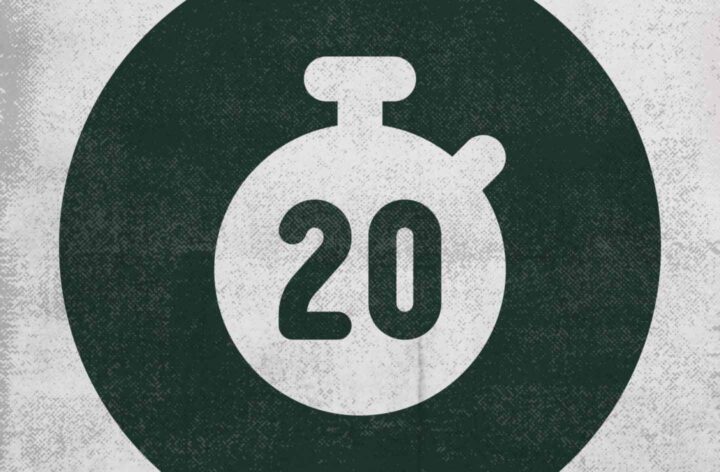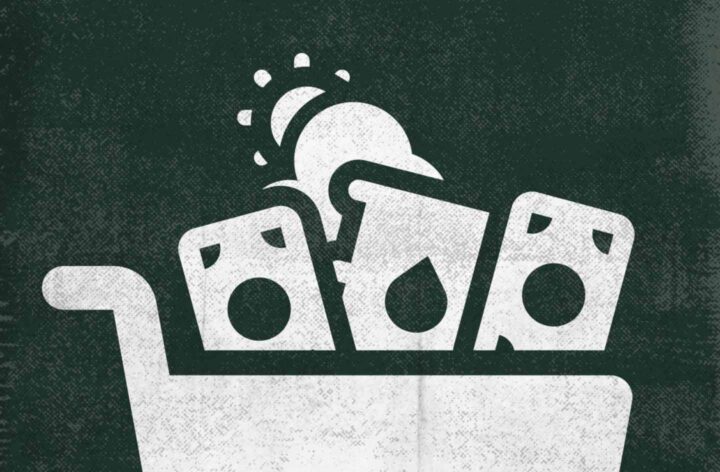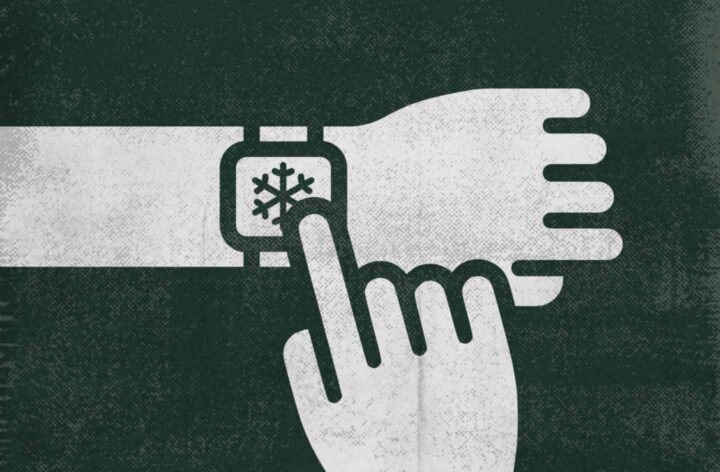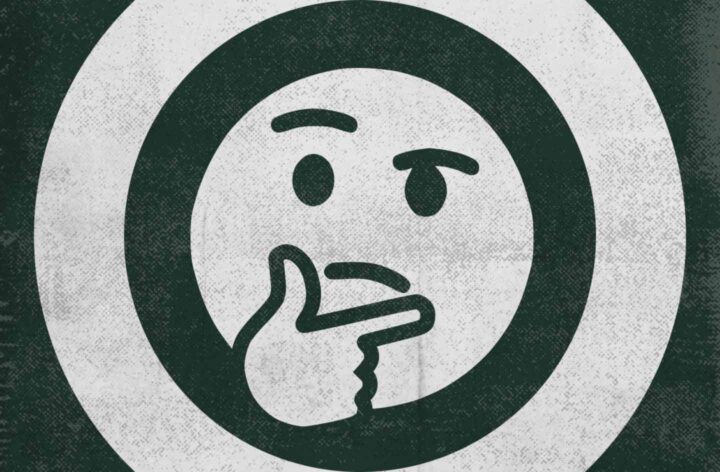Futures Contracts: What Are They, and What’s Their Purpose?

The futures market, as well as trading with this instrument, has its own features and demands certain knowledge and skills from the trader. Let’s find out what futures are, what types exist, what they are used for, and how they work.
What Are Futures?

Futures are standardized contracts to buy or sell an asset at a fixed price with execution on a certain date in the future.
The basic components of a futures contract are:
- the asset (commodity, financial instrument, etc.);
- the price per unit of the asset, which will be in effect for the duration of the contract;
- the execution date;
- the size of the contract, that is, the minimum number of units of the asset that can be bought or sold under the contract.
Speculative futures trading gives market participants the opportunity to make large profits but also involves high risk due to market volatility and the possibility of losing capital. Moreover, futures trading requires knowledge and experience in financial markets and technical analysis.
Types of Futures

There are several types of futures, which can differ according to:
- the type of the underlying asset;
- expiration dates, i.e., when the obligation is due;
- trading exchanges.
According to the type of the underlying asset, futures can be:
- Financial. Contracts to buy or sell financial instruments such as derivatives, stocks, indexes, bonds, etc.
- Commodity. Contracts to buy or sell commodities such as grain, oil, gold, silver, metals, etc.
- Futures on goods. Contracts to buy or sell commodities such as food, textiles, electronics, etc.
- Index. Contracts to buy or sell a stock basket that makes up a particular index, such as the S&P 500, NASDAQ 100, FTSE 100, etc.
- Currency. Contracts to buy or sell currencies. They can be for a single currency or currency pairs.
- Futures on securities. Contracts to buy or sell instruments with yields, such as bonds, loans, etc.
- Weather. Contracts for weather conditions that can affect the production and consumption of commodities.
- Crypto futures. Contracts to buy or sell digital assets.
According to expiration dates, futures can be:
- Monthly. The contract is valid for one month and expires on a certain date.
- Quarterly. The contract expires at the end of a certain quarter, that is, at the end of March, June, September, or December.
- Fixed-date. These have a fixed expiration date and can be set for any day of the week or month.
- Perpetual. They don’t have a fixed expiration date and allow traders to hold their positions for an indefinite period.
By trading exchange, futures can be roughly categorized according to the trading platform that supports the type of contract being traded For example, crypto futures are available on DEXs and CEXs, but you can’t buy commodity futures on those exchanges.
However, most exchanges are looking to expand their list of financial instruments to include more types of futures available. For example, the Chicago Mercantile Exchange (CME), in addition to trading financial, commodity, and currency futures, has been offering its customers futures on Bitcoin, Ethereum, and other cryptocurrencies since 2017.
How Do Futures Work?

Futures work as follows:
- A standard contract is signed on a futures exchange that defines the size, term, and delivery terms of the underlying asset.
- The buyer and the seller make a deal to buy or sell the contract.
- The buyer of the futures contract pays the seller a portion of the contract value in the form of a margin, which may be variable to accommodate market fluctuations.
- If the buyer isn’t willing to wait until the contract expires, they may sell it on the exchange to another investor or close the contract before the execution date.
- If the contract’s holder decides not to sell it before the expiration date, they’re obliged to fulfill the terms of the contract by making delivery of the asset or buying it at a fixed price.
What Is the Purpose of Futures?

The main purpose of futures is protection against future price changes of the asset. Here’s an example to better understand how it works.
A farmer planted wheat in April, but the harvest is due in August. He’s worried that wheat prices may drop by August, and he’ll get less money for his crops. On the other hand, a baker is also worried about future wheat prices, but instead, he’s concerned that they may rise, making him pay more.
To avoid the risk of price changes, the farmer and the baker make a deal. They agree that in August, the farmer will sell the baker wheat at a fixed price, $200 per ton, for example. This is the futures contract.
In August, the market price of wheat is $250 per ton. However, thanks to the futures contract, the baker still buys wheat at $200 per ton. At the same time, the farmer is guaranteed a stable income, despite fluctuations in market prices.
If the price of wheat is $190 per ton in August, the baker is still obliged to buy wheat at the pre-agreed price. Futures contracts are binding, and both parties must fulfill their obligations, whether they benefit or not.
Thus, the futures contract allows market participants to protect themselves from the risk of price changes by fixing prices in advance and ensuring the stability of their operations.
However, it should be noted that in practice, most of the futures contracts are executed not by actual delivery of the commodity, but by closing positions before the contract’s expiration. It means that the baker may sell his contract on the exchange before August in order to avoid losses, and another market participant will buy this contract pursuing his own profit.
Therefore, futures aren’t only a tool for risk management, but also for speculative operations when market participants try to profit from price fluctuations.
The next part of this article reviews the mechanisms of speculative futures trading and explains how a beginning trader can succeed in this area. However, success in this matter isn’t guaranteed. So remember, trading on the stock exchange is always associated with financial risks!











